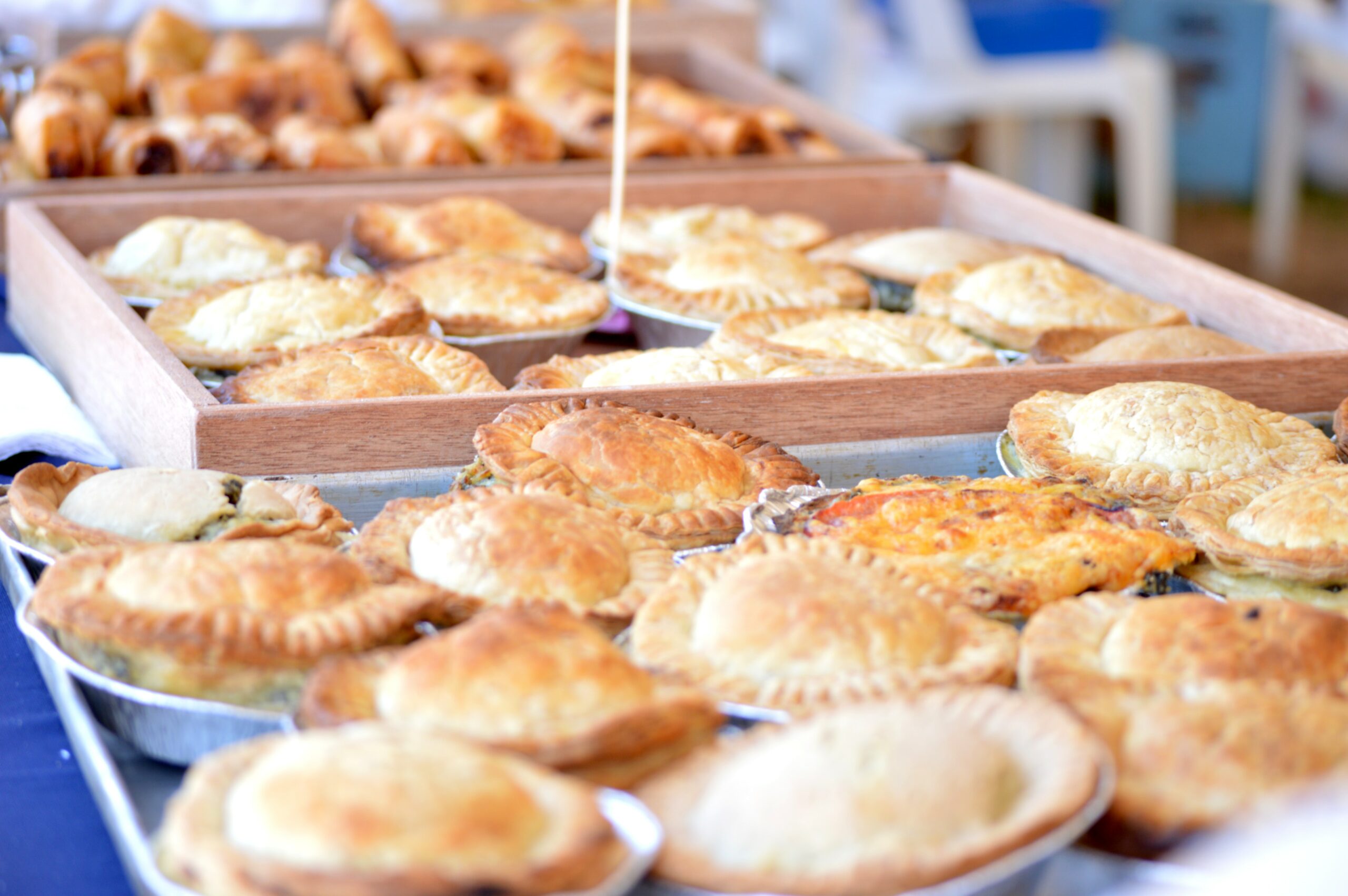SOLD OUT!
CHEF TALES
A panel discussion with top Cambridge chefs Alex Rushmer, Liz Young, Regis Crepy, Rosie Sykes, and Tristan Welch. The chefs all have one thing in common: they are doing interesting and incredible things in our city's food scene. However, they come from diverse backgrounds and have a fascinating range of experiences and journeys to share with us. Come hear from Cambridge's best chefs and restaurateurs as they share their stories with food writer, broadcaster, and Fitzbillies co-owner Tim Hayward.
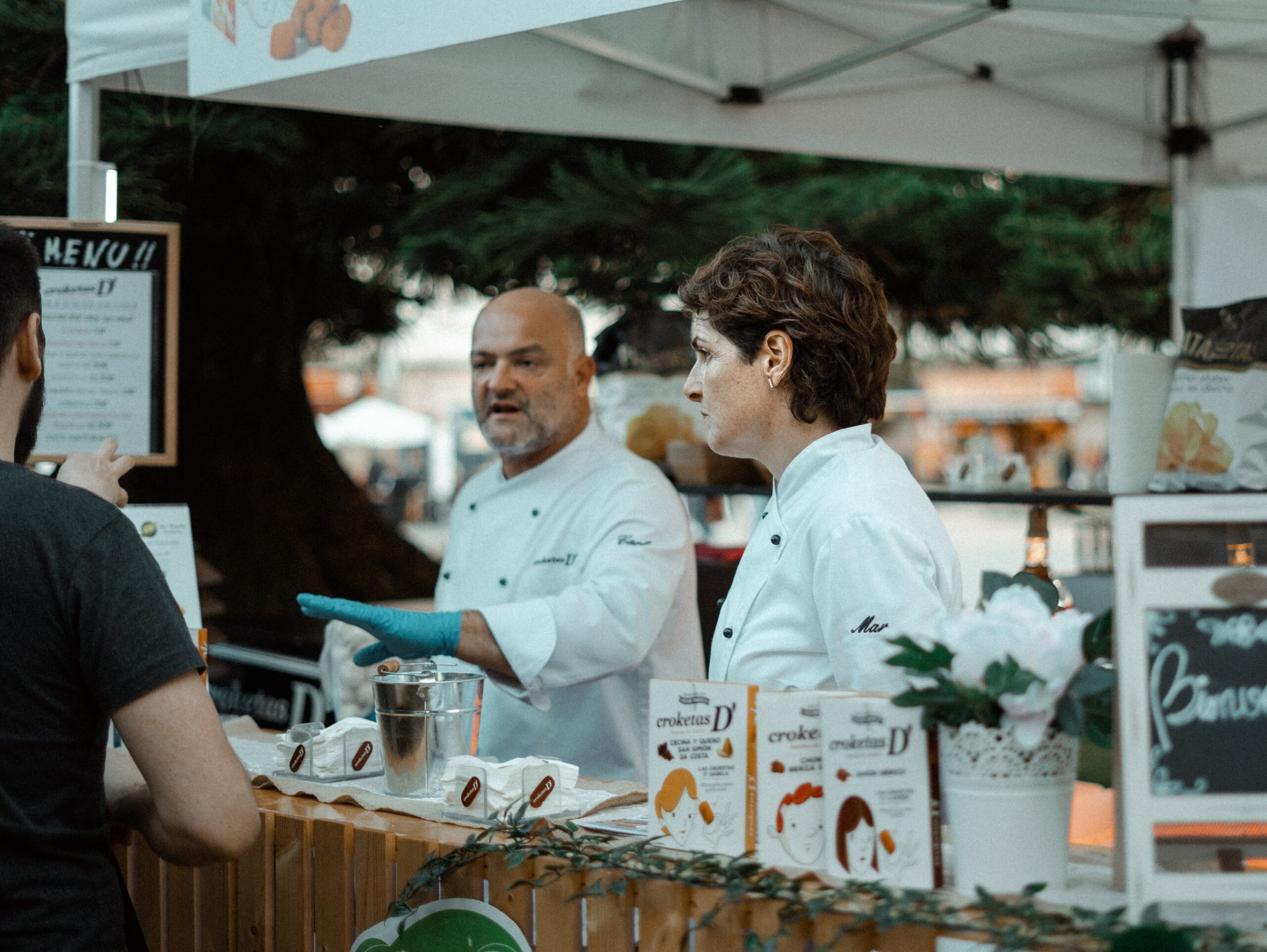
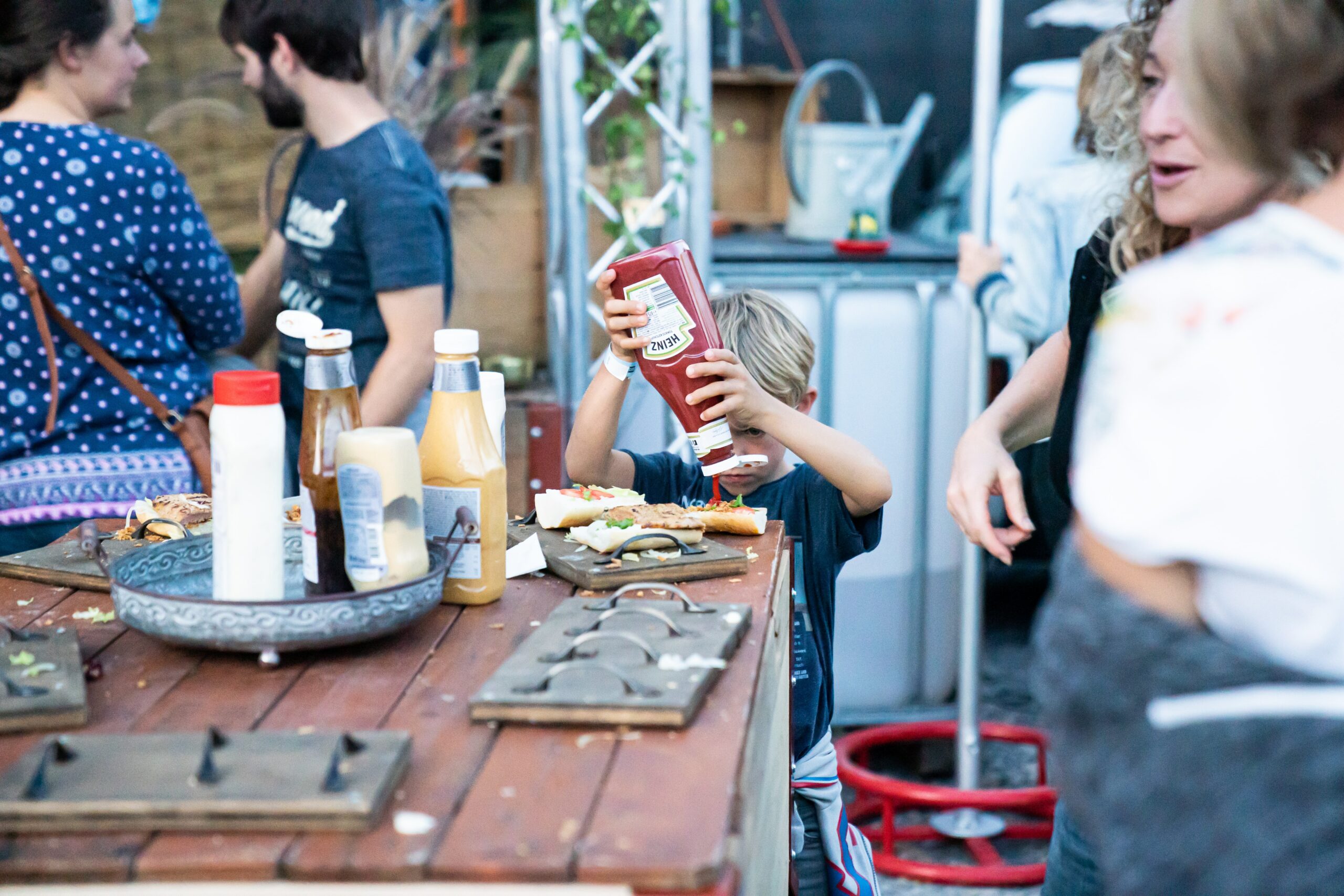
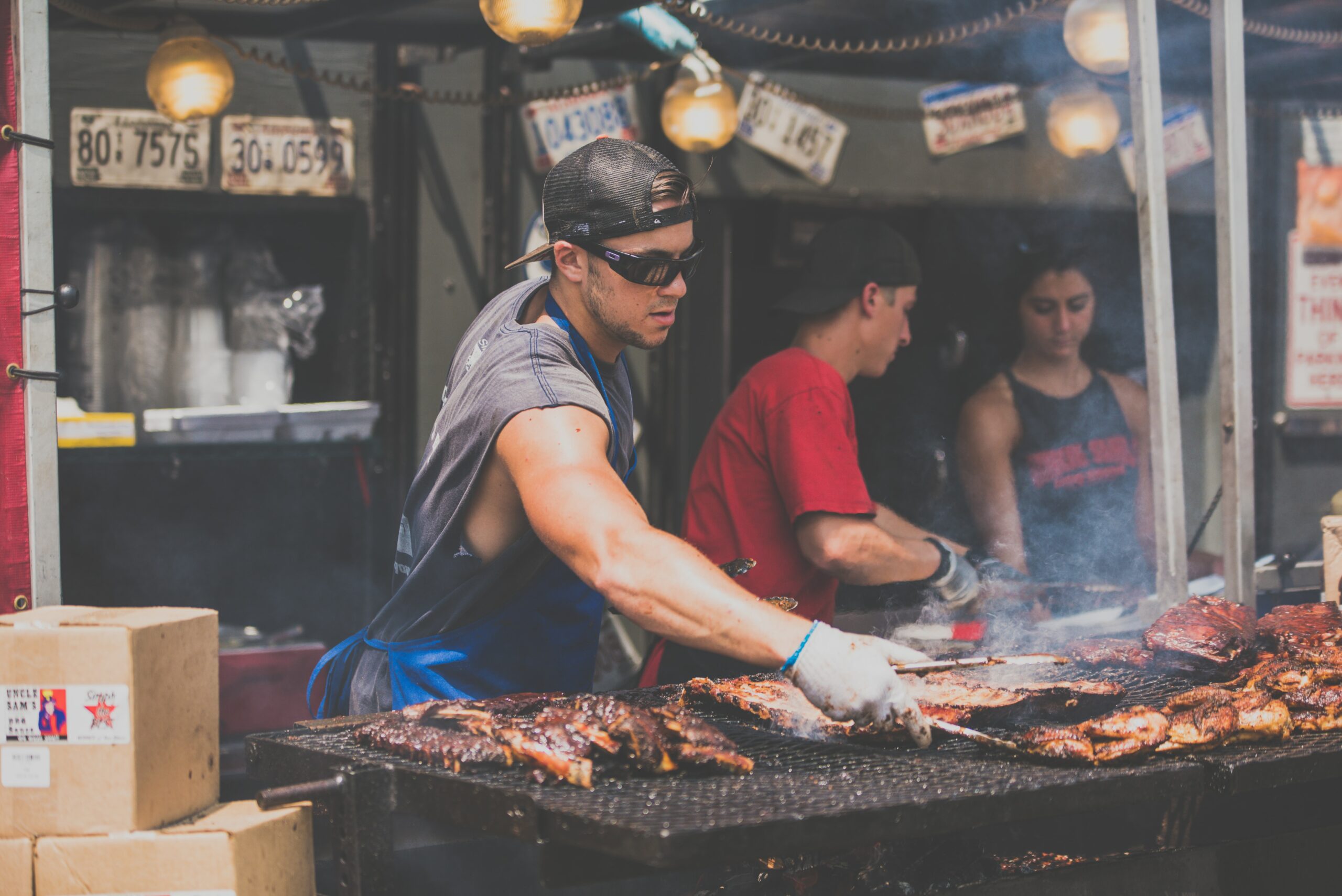
FOOD STYLING
PHOTOGRAPHY WORKSHOP
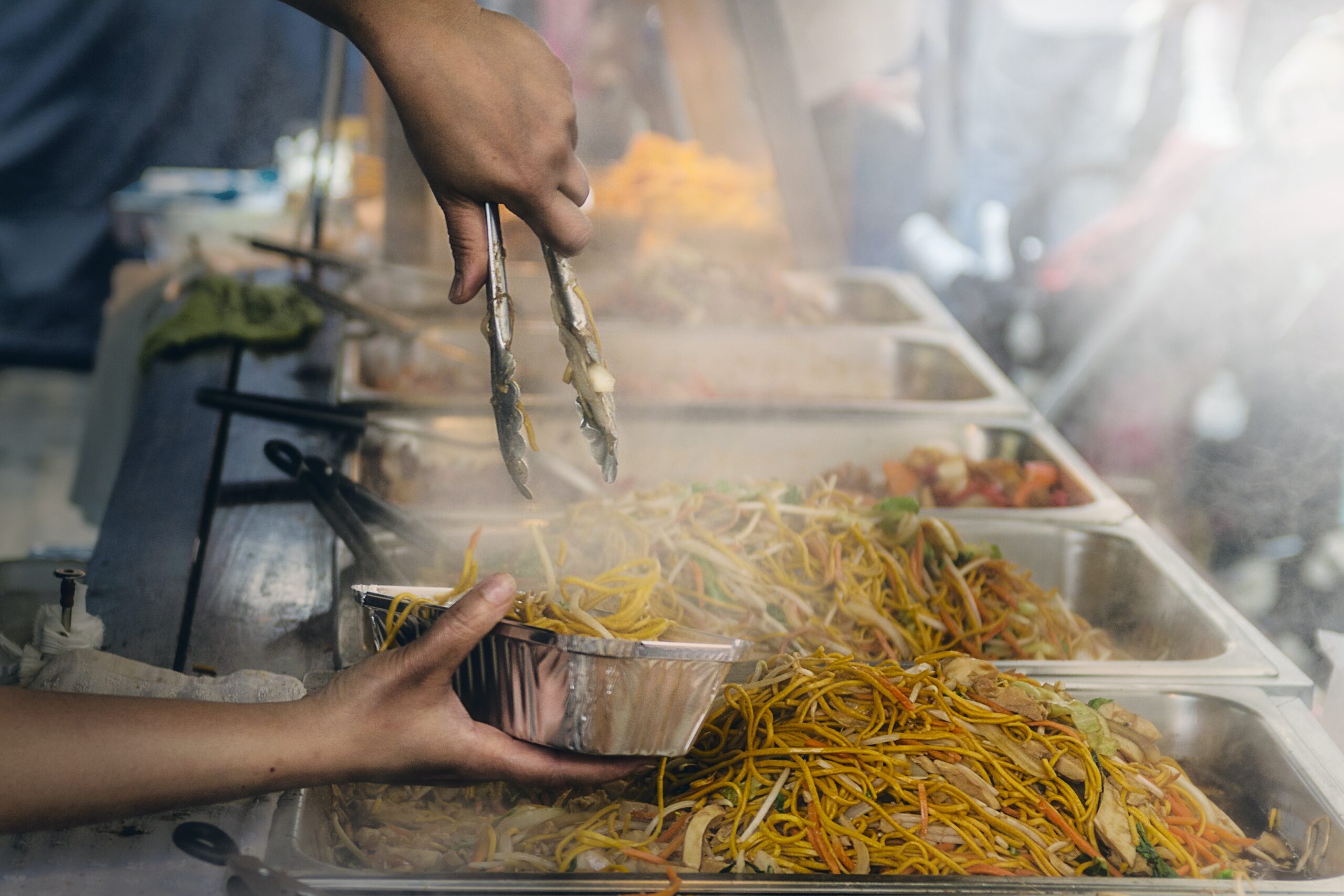
Hands-on session
An informal hands-on session will be hosted by creative director, writer, and photographer Charlotte Griffiths in collaboration with fellow photographer and storyteller Stella Pereira, who is known throughout Cambridgeshire for leading successful styling workshops. Observe Charlotte and Stella as they discuss the various ways in which they approach photography while they are styling a photo shoot. During this casual session, you will have plenty of opportunities to ask questions and get advice for taking better pictures of your own food.
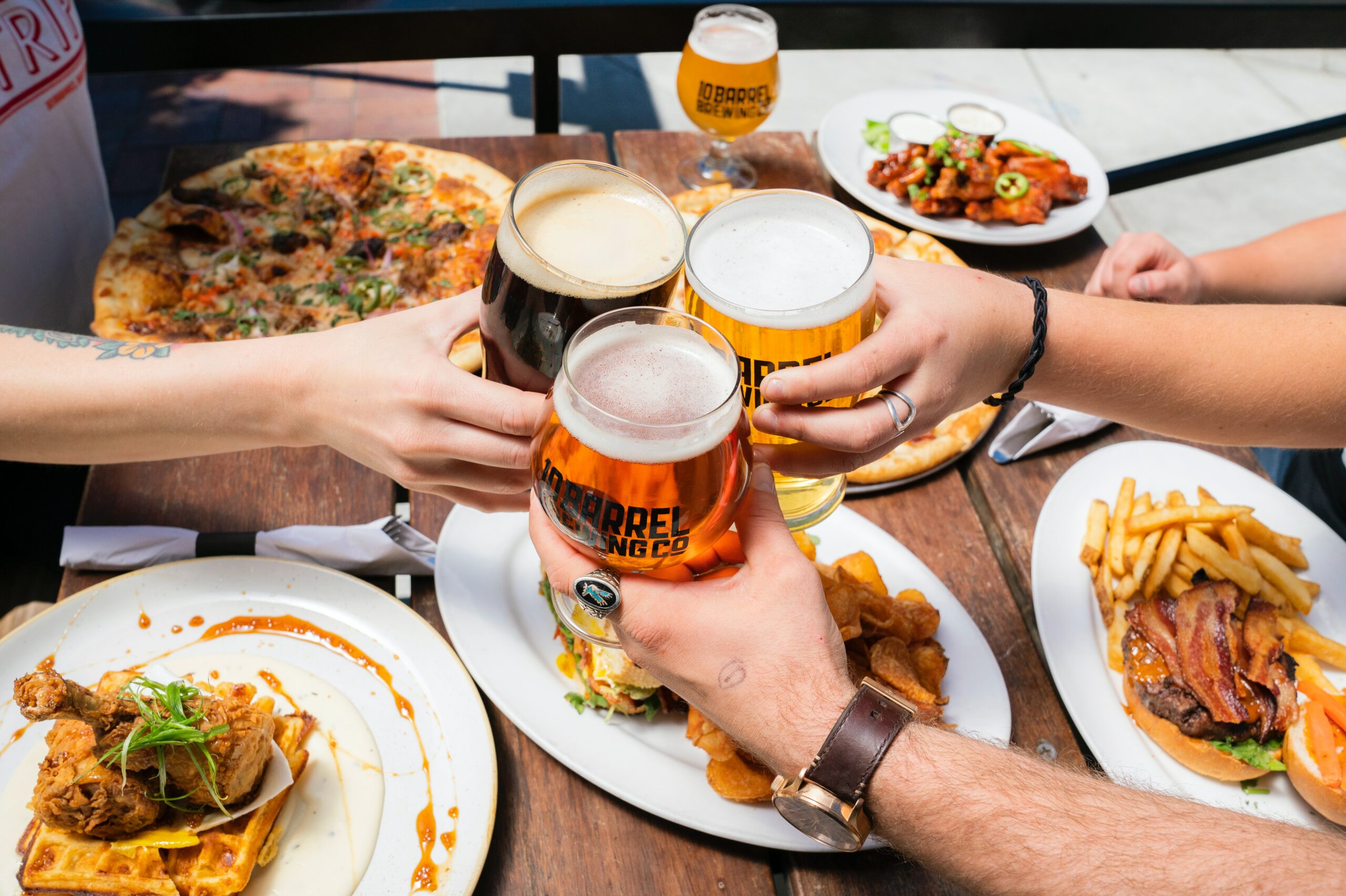
LOCAL CRAFT BEER Is the Trend to Watch for This Year
Meet the brewers who are giving the city's alcohol industry a jolt with their innovative microbreweries, teeny-tiny taprooms, locally brewed craft beers (and other tipples), and clever collaborations with Cambridgeshire food and produce businesses. Hear how local breweries are changing Cambridge's appetite for high quality, small batch beer from a panel of brewers moderated by food journalist Andrew Webb. The panel will discuss how local breweries are changing Cambridge. After the festival is over, make sure to make your way to Pint Shop for the very first local craft beer tap takeover, which will be hosted by the recently established Cambridge Brewing Collective.

Food festivals from around the world
Numerous travellers from all over the world flock to food festivals to sample gourmet dishes and learn about cooking techniques. It is usually an honour for top chefs to participate in such events and serve food to visitors. If you want your holiday to be not just good, but exceptional, find out where the greatest and most delicious gastronomic festivals around the world take place, like the Great British Food Festival.
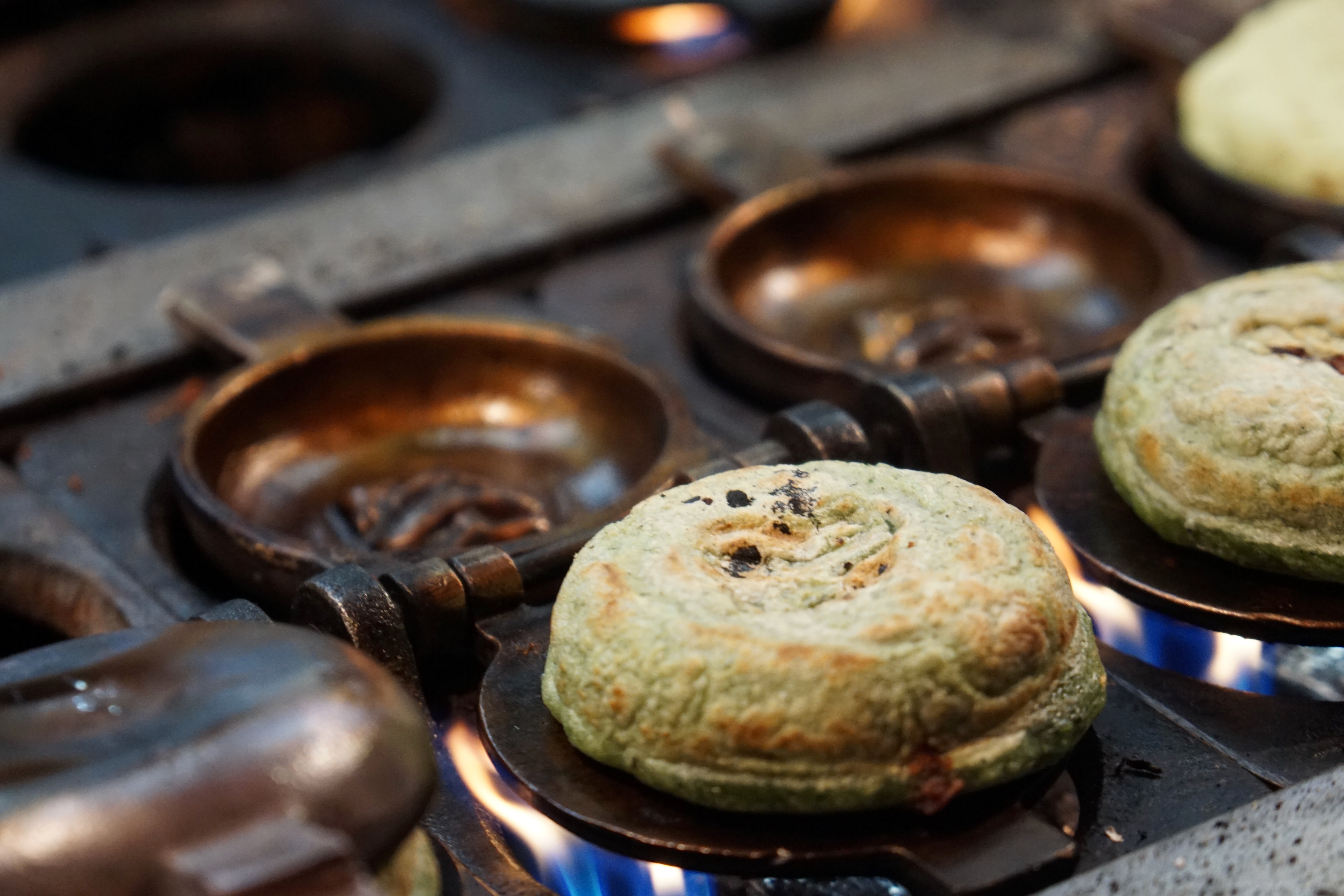
Pancake Race (Olney, London, UK)
Every year on Fat Tuesday, everyone in London is lured outside like a magnet by the smell of freshly baked pancakes that are literally carried around the city. No, there’s no mistake, and you read that correctly. Once upon a time in 1445 in the town of Olney in south-east England, a parishioner was baking pancakes on Fat Tuesday in defiance of the rules of Lent. Hearing the bells ring and coming out of a “pancake trance”, she immediately ran to church to atone for her sins, but it was still not easy for her to part with the pancakes (and she can be understood), so the lady turned the latter right on the fly. Olney residents were so amused by this spectacle that they turned it into a tradition.
Today the Pancake Race takes place in both Olney and London. The conditions are as follows: whoever runs the fastest and flips the pancake on the pan the greatest number of times gets a kiss from the bellringer. In Westminster, by the way, such races are held among MPs and Lords.
International Black Food Festival
The festival was first held in 2016 in Budapest, followed by Tel Aviv, Berlin and Helsinki. Finland could not miss such an event, because they adore the colour black: it is in this country that liquorice has become popular, where you can find tartar ice cream, and Finns drink 10 cups of black as night coffee a day. Anyone wishing to present (and give a taste of) their new culinary achievements can apply to take part in the festival. There is one condition: the dish must be black, with no colouring agents added. Black pancakes, black cakes, black smoothies, black fruit and vegetables, black fast food – all these and many other black masterpieces can be tasted at the festival.
Lobster Festival (Los Angeles, USA)
Not every city can boast of hosting the largest lobster festival in the world. But Los Angeles can, because in 2009 this festival made it into the Guinness Book of World Records as the record holder for the largest outdoor seafood platter. The heart of September’s lobster festival is the port of San Pedro, but oddly enough, no lobster is caught here – the fresh catch arrives from Maine. In addition to delicious and inexpensive lobster and plenty of other seafood, music and pirate shows, visitors are treated to the most unexpected entertainment. The Lobster Parade, for instance, is an unforgettable spectacle: happy and proud owners march down the street in the company of their pets dressed as crustaceans, and onlookers squeal with delight and amusement (one can only pity the dogs).
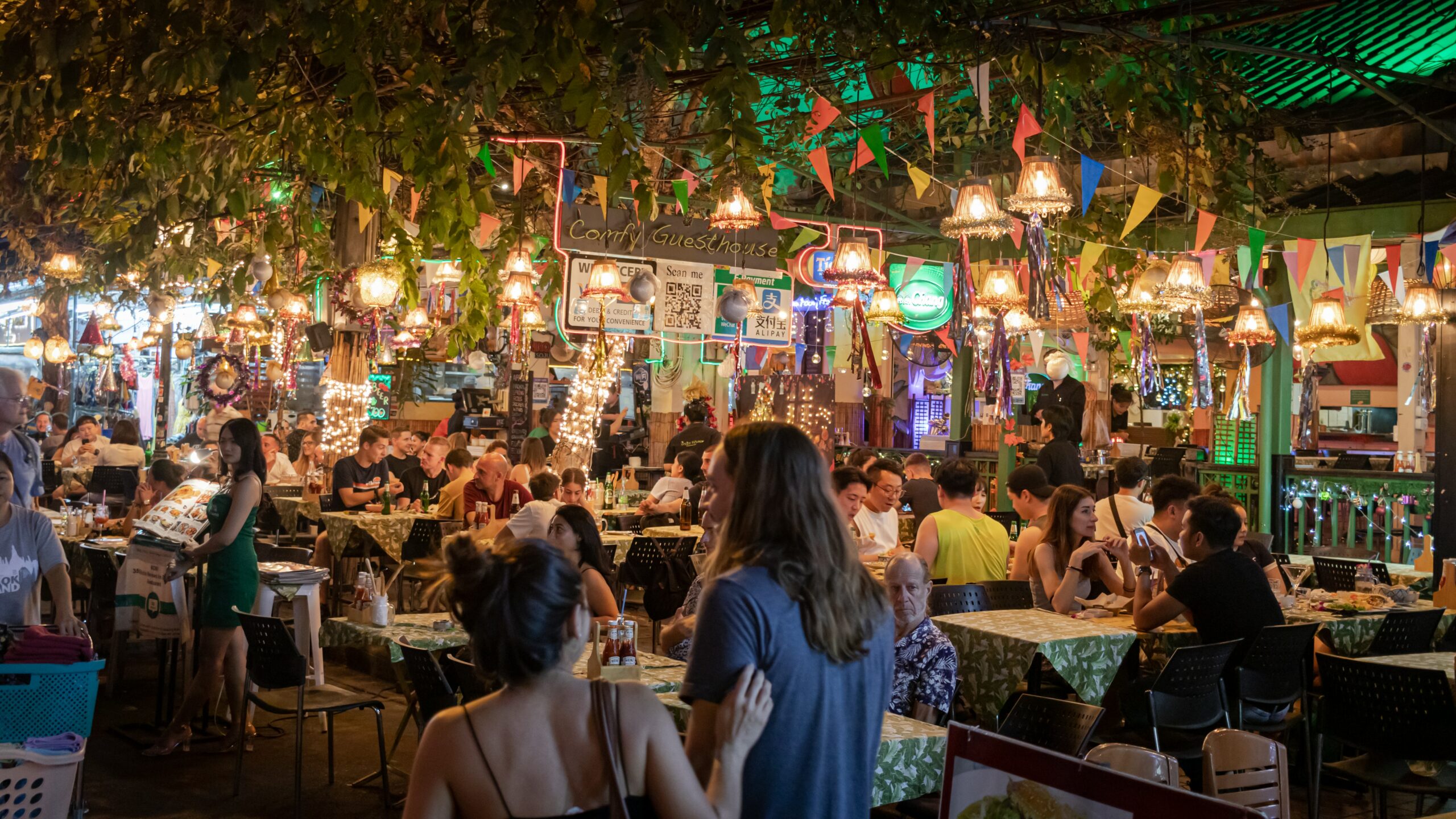
Street food
Initially, street food was a simple, no-frills meal that could be bought on the street for little money, so in some countries it was only in demand among the poorer sections of the population. Nowadays, street food has become widespread in many parts of the world and statistics show that around two and a half billion people eat fast street food every day, with a wide range of income levels, and it can be found both on the street and like at carnival street food and bar.
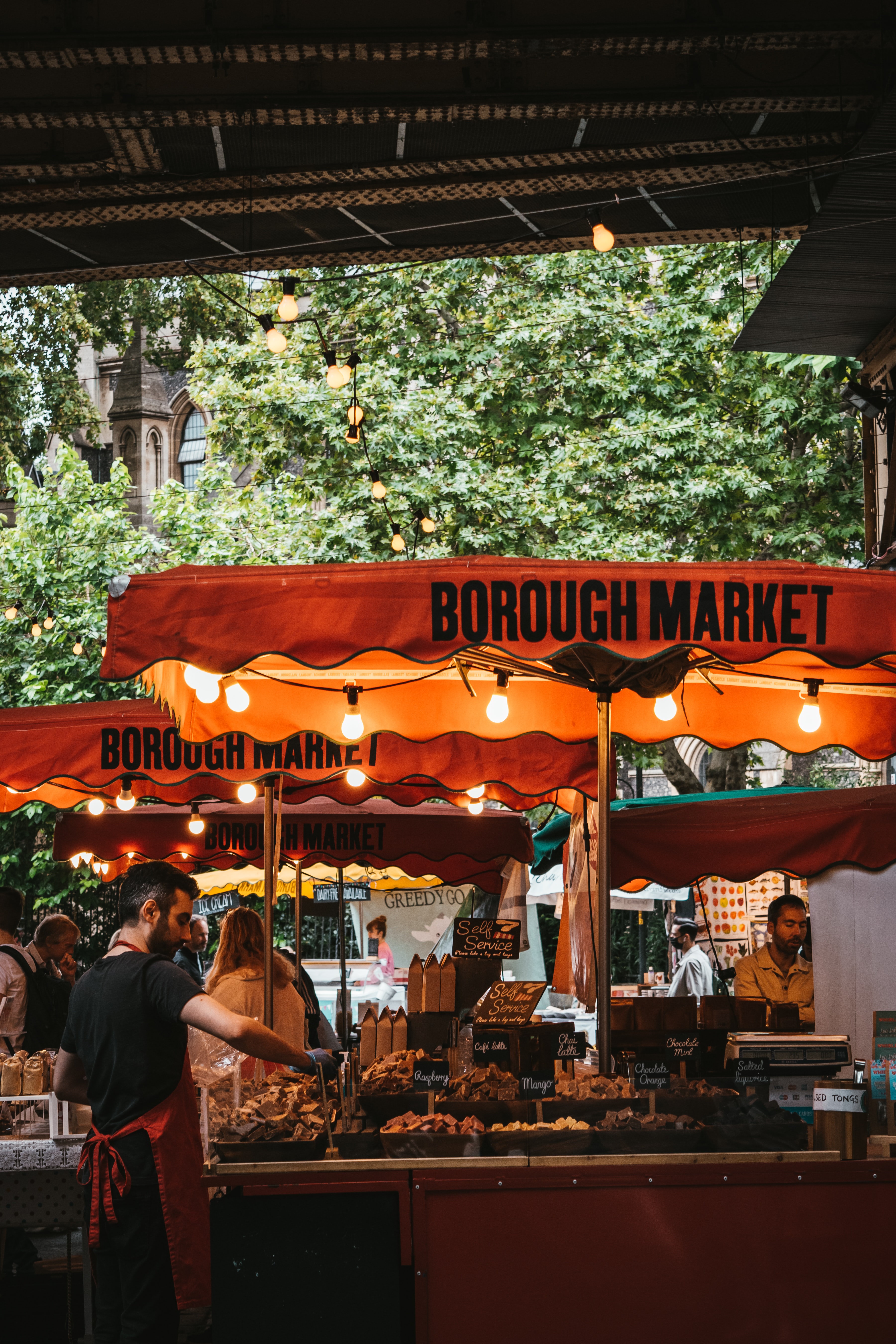
The philosophy behind modern street food
What is modern street food? It is not only an opportunity to eat quickly, because the rhythm of life has quickened considerably and there is no time for long meals, but it is also part of the culture of each country. This system of fast food reflects
– the history of the state;
– the social situation of the country;
– the economic situation.
Now there is even a special kind of tourism – “gastronomy” – when travelers aim not to go sightseeing, but to eat the food that becomes the country’s “visiting card”. For them, everything else in the tour serves as a nice complement to the local delicacies.
Advantages and disadvantages of street food
Of course, street food is firmly entrenched in our lives, and we can no longer imagine walking around without a light, or not so light, snack on the go. However, such food has its advantages:
– affordability;
– prevalence – in any country, locality, on the street;
– quickness of preparation;
– nourishment and good taste;
– you can take it with you in a convenient package and eat it right there or nearby,
and downsides:
– uncertainty about the freshness of the food;
– possible unsanitary cooking and eating conditions;
– excessive spiciness, fat content of food;
– harmfulness of rapid absorption for the gastrointestinal tract;
– high caloric content.
Fast street food is still not welcomed by doctors and nutritionists, and weight loss, for people who are overweight, is definitely not threatened by such a schedule and method of eating.
Varieties of eating out
So what can different countries offer us as street food today? What kind of food and drink can be tasted in Europe, Asia? Usually everything that is sold outside the public catering industry, in crowded places like markets, squares, promenades and the like, is prepared right there in special mobile booths or offered from stalls.
Preference is given to various snacks and fast food which require a limited cooking time or simply have to be heated in the presence of the potential diner. Among the simplest examples of street food everyone can name the familiar to most people:
– boiled corn;
– hamburgers;
– shawarma and hot dogs;
– pancakes and doughnuts;
– waffles and cakes;
– shakes and crisps;
– refreshments and coffee.
The food is served in special disposable dishes or in foil packaging for easy eating.
Features of global street food
Social differences between countries can be seen in the local street food scene. For instance, in Bangladesh you will never encounter a woman vendor because her job is to look after the home and children, whereas in Thailand there are a lot of female vendors. Geography and climate are also reflected in the food. In India, for example, the food is spicy, but not spicy in mountainous Vietnam, although it is no less rich in spices and herbs.
Asia has a lot to offer, from Chinese and Thai varieties of appetizers:
– oyster omelette;
– Chinese baoji manty;
– ficus jelly;
– other exotic delicacies,
ending with edible insects. The Japanese do everything thoroughly, and eating is a fuss-free art. And “eating on the go” is a sign of lack of culture. But even here, however, there is the Japanese street ‘onigiri’.
European street food is more familiar to us – fries and burgers, coffee and waffles. But in Amsterdam street food can be salted herring, while in Paris it’s roasted chestnuts. In Berlin, you can try the famous German sausages fried with curry or other sauces. All in all, street food is everywhere to be had!
repellat fugiat. Obcaecati, doloribus aliquid repellat eius in repudiandae
consequuntur pariatur, ipsum


